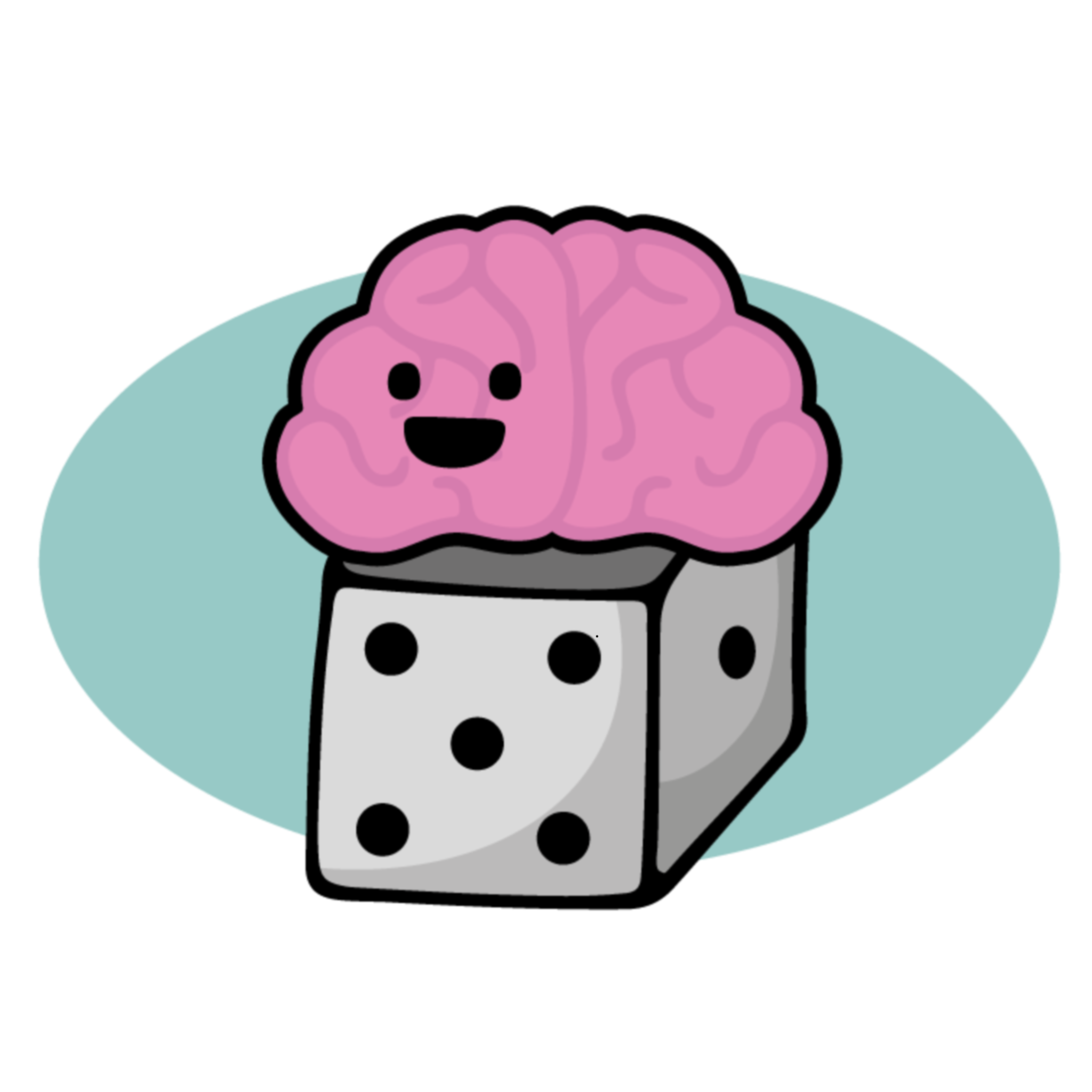Infants' Pain Response to Immunization Varies Based on Which Vaccine Is First
 CHICAGO—Infants who receive the pneumococcal conjugate vaccine (PCV) following the combination vaccine for diphtheria, polio, tetanus, pertussis and Haemophilus influenzae type b (DPTaP-Hib vaccine) appear to experience less pain than those who are immunized in the opposite order, according to a report in the May issue of Archives of Pediatrics & Adolescent Medicine, a theme issue on vaccines.
CHICAGO—Infants who receive the pneumococcal conjugate vaccine (PCV) following the combination vaccine for diphtheria, polio, tetanus, pertussis and Haemophilus influenzae type b (DPTaP-Hib vaccine) appear to experience less pain than those who are immunized in the opposite order, according to a report in the May issue of Archives of Pediatrics & Adolescent Medicine, a theme issue on vaccines.Injections are the most painful common medical procedure conducted in childhood, according to background information in the article. "Multiple injections are routinely administered during a single visit to a physician," the authors write. "Because some vaccines cause more pain than others, the order in which they are given may affect the overall pain experience." In a recent study of U.S. pediatricians, more than 90 percent reported at least one parent in their practice had refused to have a child vaccinated in the previous year, most commonly due to the pain caused by multiple vaccines. Therefore, reducing the pain associated with vaccines could increase immunization rates and prevent a resurgence of infectious diseases.
Moshe Ipp, M.B.B.Ch., of The Hospital for Sick Children, Toronto, Ontario, Canada, and colleagues studied 120 healthy infants age 2 to 6 months undergoing routine immunization at an outpatient pediatric clinic in 2006 or 2007. Sixty infants received the PCV before the DPTaP-Hib vaccine, while 60 received the DPTaP-Hib vaccine first. The procedure was videotaped and pain was assessed on a scale that considered the infant's facial expression, crying and body movements after vaccination. Parents were also asked to rate their children's pain levels on a scale of zero to 10.
"Infant pain response during routine intramuscular vaccine injection was affected by the order of administration of the vaccine," the authors write. "Infants given the less painful DPTaP-Hib vaccine first followed by the more painful PCV experienced less pain overall when compared with those given the vaccines in the reverse order. In addition, pain increased from the first to the second injection, regardless of the order of vaccine injection."
These data suggest that when two immunizations are given, the least painful vaccine should be administered first, the authors note. Giving the more painful injection first may focus the infant's attention on the procedure and activate pain processing centers in the brain, resulting in a more intense pain signal in response to any shots given afterward.
"Steps to minimize vaccine-related pain reduces the pain experienced by the child and improves the immunization experience of parents and health care workers," the authors conclude. "Varying the order of vaccine administration to reduce pain is a strategy that is simple and effective, cost-free and easily incorporated into clinical practice. In considering methods of reducing pain with vaccination, vaccine manufacturers must play a more integral role in attempting to produce vaccine formulations that are less painful." (Arch Pediatr Adoles Med. 2009;163[5]469-472. Available to the media pre-embargo at www.jamamedia.org).
Editor's Note: This study was funded by an unrestricted grant from Sanofi Pasteur, Toronto, Ontario, Canada. Co-author Dr. Taddio is supported by a New Investigator Award by the Canadian Institutes of Health Research. The Pediatric Outcomes Research Team is supported by a grant from The Hospital for Sick Children Foundation. Please see the article for additional information, including other authors, author contributions and affiliations, financial disclosures, funding and support, etc.
For more information, contact JAMA/Archives media relations at 312/464-JAMA (5262) or e-mail mediarelations@jama-archives.org.
Vote for The Family Anatomy Podcast at Podcast Alley and for the blog at Blogger’s Choice!
Note: Posts on Family Anatomy are for education only. If you need to talk to someone about family or mental health issues, you can get a referral from your family doctor.
